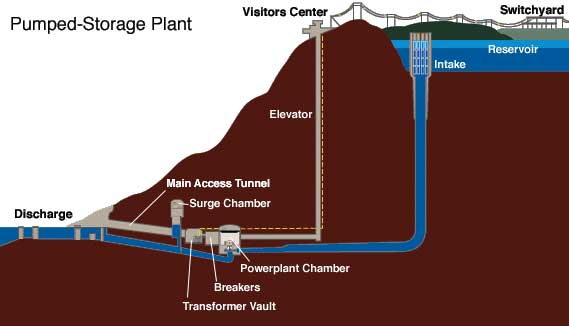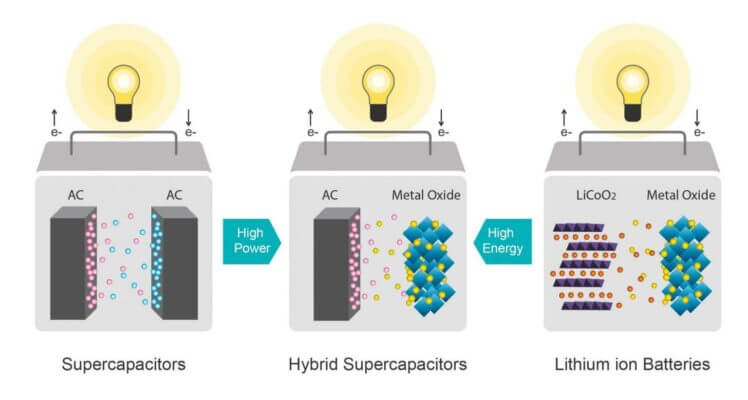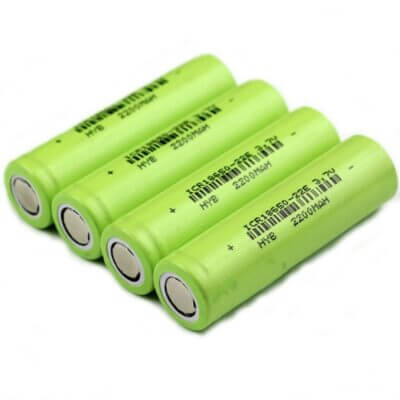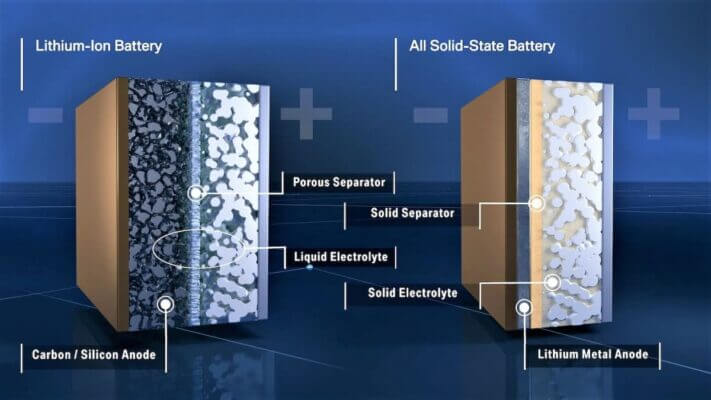Nowadays, the need for energy storage is becoming more and more essential. One reason for this is that a large amount of energy is wasted every year due to the lack of efficient storage and use methods. Another reason can be mentioned that the generation of electricity depends on weather conditions such as wind and solar energy. In this case, the generated electricity is sometimes in excess, sometimes in shortage, not enough to meet user needs. Therefore, it is necessary to find renewable methods and energy storage technologies.
PC1 will review the most modern and popular energy storage technologies of the past time. These are the products of the race to develop and invest in research of many companies, corporations and countries around the world.
Pumped-storage hydroelectricity
Pumped-storage hydroelectricity is considered one of the largest forms of electricity storage today, accounting for more than 90% of all electricity stored globally. This is a cumulative pump-type hydroelectric power plant that uses excess electricity during off-peak hours to pump water from a lower to higher reservoir for storage. So when there is a shortage of electricity or demand spikes, the water from the overhead reservoir will be discharged to the low lake, running turbines and generating electricity.

Pumped-storage hydroelectricity has the ability to store large-capacity electricity, but not everywhere can apply stored hydroelectricity. The only limitation of this method is that it requires a suitable mountain or hill to deploy.
Flywheel and supercapacitor system
Next is an efficient and fast way to store electricity, using flywheels and supercapacitors. When using this technology, charging and discharging times will be as fast as conventional batteries.
The process uses electricity to spin the flywheel at high speed, creating increasing kinetic energy of the flywheel. And when needed, the flywheel releases the stored energy by applying torque to the mechanical load, resulting in reduced rotational speed. Kinetic energy is converted back to electricity at that point.

Supercapacitors, also known as dual-layer capacitors, use a similar approach but store energy with the power source itself. It can be understood that due to the combination of the battery and the capacitor, the supercapacitor stores energy like a static charge, but there is no chemical reaction during charging or discharging like normal batteries.
See more at: Energy storage solutions provided by PC1 Group
Lithium-ion battery
According to Battery University, thanks to its abundant energy source and low self-discharge rate, Lithium-ion battery technology is now able to power most household electrical appliances. Currently, many units are researching to develop technology to increase the storage capacity and usage time of Lithium-ion batteries. As a result, the application of Lithium-ion batteries will be increasingly expanded, especially in the field of electric vehicles (EVs), security devices, as well as providing energy for the regional and national power grids. family.

However, the challenge facing electric vehicle manufacturers is how to reduce the cost of battery production in order to bring electric vehicles to more users.
Solid State Battery
Solid-state batteries are also an efficient way to store energy in some cases. Limited time is a common drawback of most batteries today. The batteries used in smartphones or electric scooters all have a fairly short usage time. But on the contrary, this is the advantage of solid-state batteries.

According to sources collected, today’s popular Lithium-ion batteries use liquid electrolyte to regulate the current. Meanwhile, solid-state batteries opt for solid-state electrolytes. This is the biggest difference that can be mentioned. The electrolyte in the battery is a mixture of chemicals that conduct electricity, allowing a current to flow between the cathode and anode.
See more at:


